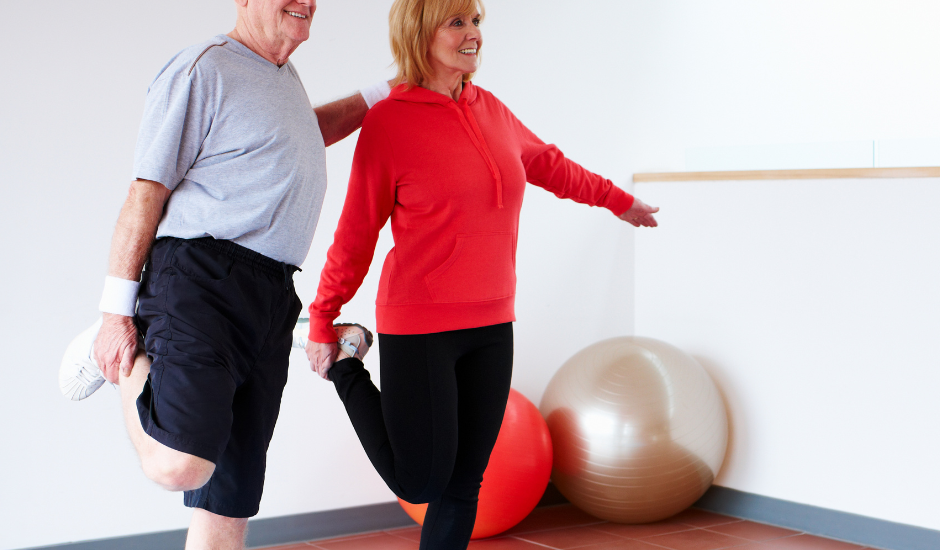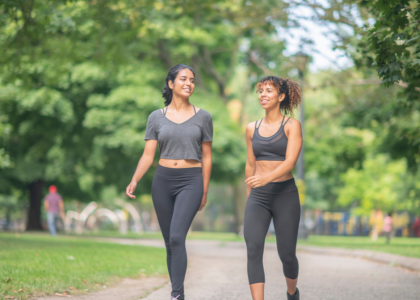As we age, maintaining our mobility becomes one of the most crucial aspects of leading a long, healthy, and independent life. Functional movement—our ability to perform everyday tasks efficiently and without pain—is key to preventing injuries, enhancing overall health, and improving quality of life. But what exactly is functional movement, and why does it matter?
What is Functional Movement?
Functional movement refers to the ability to move our bodies in natural, efficient ways that mimic real-life activities. This includes squatting, lunging, pushing, pulling, rotating, and balancing. Unlike isolated exercises that focus on one muscle group at a time, functional movements engage multiple muscle groups, improving coordination, strength, flexibility, and stability.
Why is Mobility So Important?
Mobility isn’t just about flexibility—it’s about the full range of motion in our joints and muscles. Good mobility allows us to move freely and efficiently, reducing the risk of falls, muscle imbalances, and joint pain. Here’s why it’s crucial for longevity:
1. Prevents Injury and Reduces Pain
Poor mobility can lead to compensatory movements, where one part of the body overworks to make up for a restricted area. This imbalance can cause pain and lead to injuries. Regular mobility training ensures muscles and joints function properly, reducing strain and discomfort.
2. Enhances Everyday Functionality
From getting out of bed in the morning to bending down to pick something up, functional movement is embedded in our daily lives. Improving mobility means these movements become easier, preventing stiffness and discomfort.
3. Supports Independence as You Age
One of the biggest factors in maintaining independence in older age is the ability to move freely. Functional movement keeps the body strong and stable, allowing individuals to perform tasks such as carrying groceries, climbing stairs, and even playing with grandchildren.
4. Improves Posture and Balance
Poor posture and balance are common issues that arise from a sedentary lifestyle. Functional movement exercises enhance core stability and body alignment, reducing the risk of falls and chronic pain, particularly in the lower back and knees.
5. Boosts Athletic Performance
Whether you’re an athlete or someone who enjoys recreational activities, functional movement enhances coordination, agility, and strength. It helps with movements required in sports, from running and jumping to lifting and throwing.
How to Improve Functional Mobility
Incorporating simple exercises into your routine can significantly improve mobility. Here are a few ways to get started:
- Dynamic Stretching – Movements such as leg swings, arm circles, and torso twists prepare muscles and joints for activity.
- Bodyweight Exercises – Squats, lunges, and push-ups build strength and enhance movement patterns.
- Foam Rolling – Helps release muscle tightness and improve circulation.
- Yoga and Pilates – Excellent for flexibility, core strength, and overall body awareness.
- Balance Drills – Standing on one leg or walking heel-to-toe improves stability and coordination.
Functional movement isn’t just for athletes—it’s for everyone, regardless of age or fitness level. Prioritising mobility ensures that we stay active, pain-free, and independent well into our later years. By incorporating mobility exercises into our daily routines, we can move through life with greater ease, resilience, and longevity.
Are you ready to unlock the power of movement and invest in your future health? Start today and experience the benefits of functional mobility for years to come!






